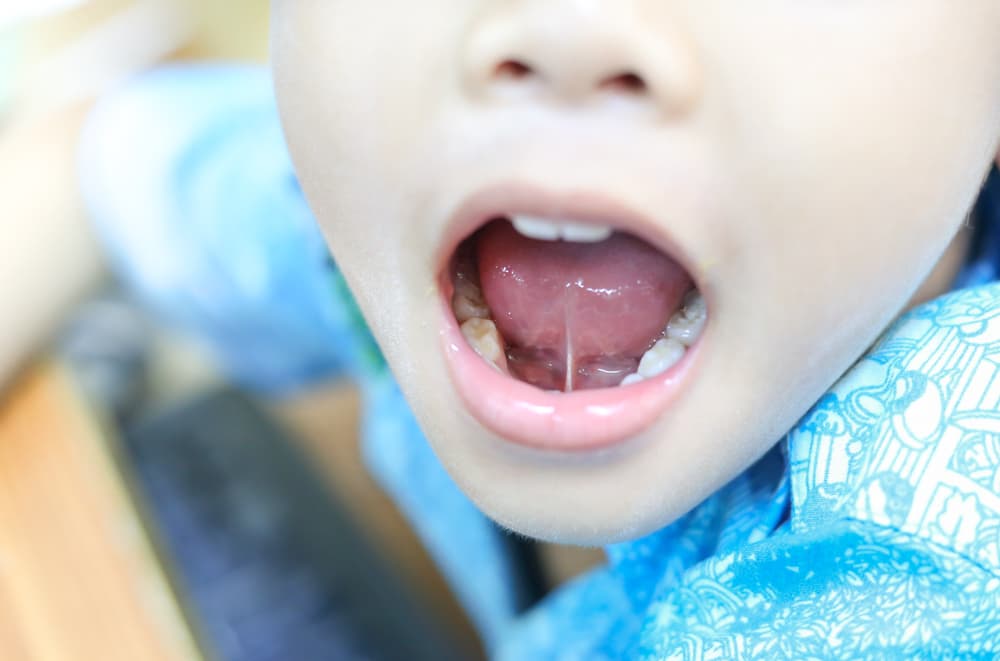Understanding Tongue Ties: What They Are and How They Affect Your Oral Health

Tongue ties, also known as ankyloglossia, is a condition where the band of fascial tissue connecting the underside of the tongue to the floor of the mouth is shorter or tighter than usual. This condition can impact various aspects of oral health, from speech development to oral hygiene. At Future Dental, we aim to provide you with a comprehensive understanding of tongue ties and how they can affect your health.
What Is a Tongue Tie?
A tongue tie is a congenital condition where the frenulum, the band of tissue under the tongue, restricts the tongue’s range of motion. This can lead to difficulties with movement and function, which may affect various areas of oral and overall health.
How Tongue Ties Affect Health and Development
- Breastfeeding Challenges: In infants, a tongue tie can make it difficult to latch properly, which can result in poor feeding, discomfort for the mother, and inadequate nutrition for the baby.
- Upper Airway Development: The tongue plays a crucial role in guiding upper airway development. When it cannot elevate to the hard palate, the palate remains narrow and high, potentially leading to mouth breathing—a factor that can have significant lifelong health implications.
- Orthodontic Problems: Narrow dental arches can lead to crowding of teeth, which is a common orthodontic issue resulting from restricted oral development.
- Postural Issues: Ankyloglossia, or tongue tie, often leads to a head-forward posture, which can contribute to future neck and shoulder tension and pain.
- Speech Development: Tongue ties can impact a child’s ability to articulate certain sounds and words clearly. This can lead to speech delays or difficulties that may require intervention.
- Oral Hygiene Issues: Limited tongue movement can make it challenging to clean the mouth effectively, increasing the risk of plaque buildup and dental issues such as cavities and gum disease.
- Eating Difficulties: Tongue ties can affect a person’s ability to chew food properly and may lead to difficulties with swallowing.
- Jaw Pain: In some cases, tongue ties can contribute to jaw discomfort or pain due to altered eating and speaking habits.
Signs of a Tongue Tie
- Difficulty moving the tongue freely in all directions
- Problems with breastfeeding or bottle-feeding
- Speech delays or articulation issues
- Difficulty cleaning the teeth and gums
- Complaints of jaw pain or discomfort
Treatment Options for Tongue Ties
- Observation: In some cases, especially if the tongue tie is not causing significant issues, observation may be recommended. Regular monitoring by a dental professional who is well-trained in ankyloglossia can help determine if intervention is needed later.
- Frenectomy: This minor surgical procedure involves removing or releasing the restrictive frenulum to allow for greater tongue movement. Frenectomy can be performed using traditional methods or laser technology, depending on the specific needs of the patient. This may be done as an infant up to a year old. Once a child has speech issues diagnosed and is referred by a speech and language pathologist, we are frequently asked to assist with laser surgery. This is often undertaken at about 5 to 6 years of age. Teens and adults with head-forward posture and neck and shoulder pain are often managed with a laser procedure functional frenuloplasty.
- Speech Therapy: For children experiencing speech difficulties due to a tongue tie, speech therapy may be recommended to help improve articulation and communication skills.
- Breastfeeding Support: For infants, working with a lactation consultant can provide strategies to improve feeding techniques and address any issues caused by a tongue tie.
Understanding and addressing tongue ties is crucial for maintaining optimal oral health and overall well-being. Early diagnosis and treatment can help prevent potential complications and improve daily comfort. If you suspect that you or your child may have a tongue tie, don’t hesitate to reach out to Future Dental for a comprehensive evaluation and personalised care.


